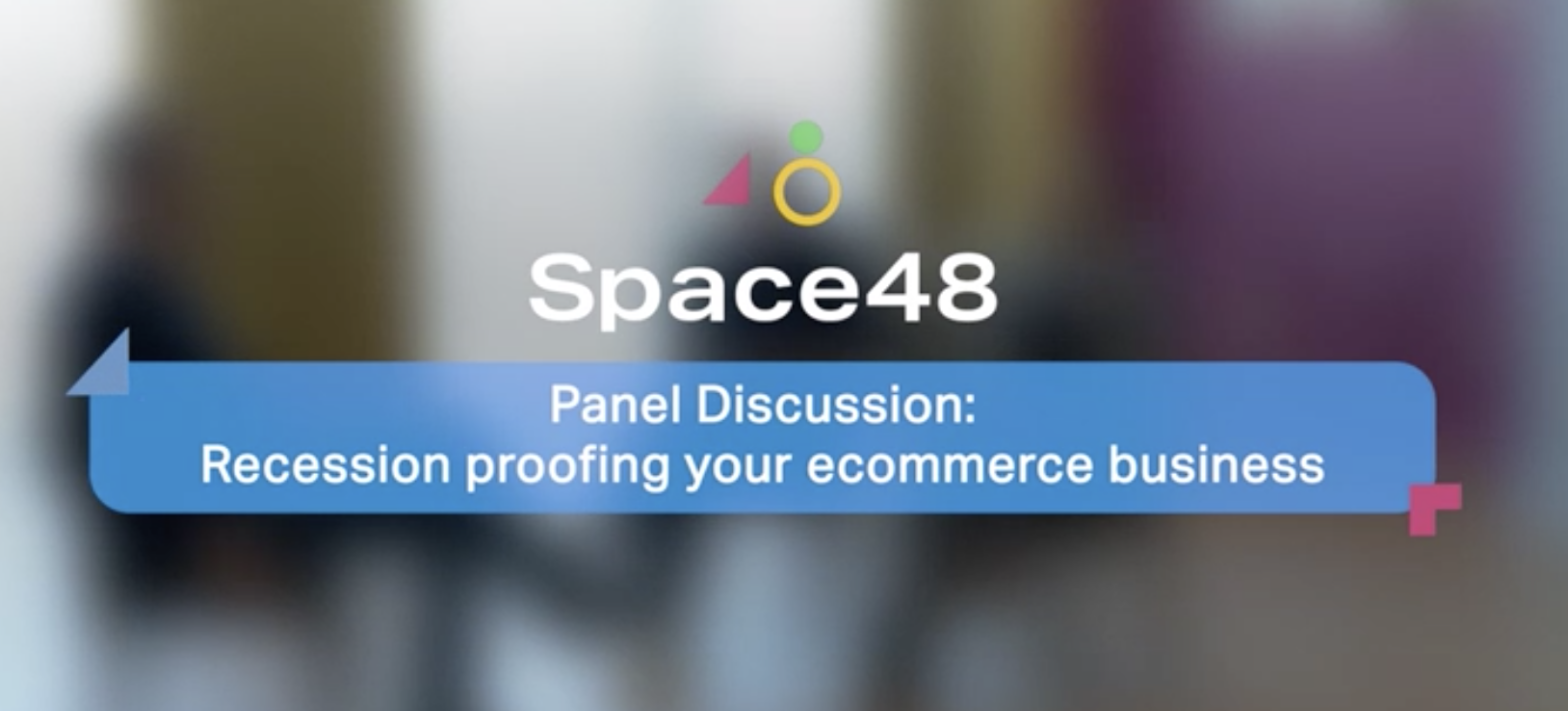
5 Realistic Ecommerce Trends 2020
Type ‘Ecommerce Trends 2020’ in your search engine. What you’ll find is a range of articles that make reference to the opportunities provided by new tech. AI. Voice Search. Automation. Voice shopping. You name it.
These wonderfully big ideas; promising new ways to improve the efficiency of your online store. Their potential is undeniably staggering.
But they are not always realistic for retailers. Not at the moment at least. They’re not a benefit everyone can afford to enjoy.
With that in mind, we wanted to suggest some alternatives – 5 achievable ecommerce trends that all ecommerce businesses and retailers will be able to adopt in 2020.
The customer experience (CX)
This isn’t a trend per se, but an everyday consideration that should drive your strategy and decision-making.
CX should be the underlying theme that influences your designs, the logistics of delivery and returns, personalisation, the conversations customers have with your brand, the point of sale. It all plays a role.
Visual navigation is a relatively simple example of everyday CX. Displaying products, or product information in a visual, engaging way is more effective at getting through to your busy, distracted consumer. Similarly, introducing auto-complete search bars onto your website reduces effort, minimises human error and encourages conversion.
These are everyday ecommerce practices that you need to be prioritising in 2020. Small changes can go a long way in boosting the sales of your online store.
Ecommerce is a year-long event. Getting the ‘every day’ right is game-changing.
Go on a date with data
Ok. Data isn’t romantic. But it’s fascinating. And data is undisputedly the most valuable resource offered to retailers and their ecommerce.
Data can help you determine what to prioritise and when. Data allows you to analyze behaviour & patterns, it helps you to forecast your product pricing and enables you to optimise your site with A/B testing.
It’s the why, how, who, when, what.
Importantly, data pushes people to go beyond their gut instinct. Ecommerce is complex, varied, ever-changing. Impulse can be great, but it’s a starting point. Data allows you to make more informed decisions, reinforced by your assumptions. Not the other way round.
Use data to create delightful micro-moments that leave a long-term impression on your preoccupied customers.
Ecommerce: where online meets offline
Despite the horror stories of the high-street, ecommerce sales make up only 16% of all retails sales as of 2019. While this is constantly growing, now is the time to maximise the impact of your brick-and-mortar store.
For too long online-to-offline (O2O) has remained siloed. Independent cogs trying to turn one big wheel, rather than working together. Well not in 2020.
Think about it from the POV of your customers. They expect your brand to be consistent no matter the platform. Play around with these expectations. You can use your online store to drive traffic offline, and vice-versa. Offer free collection incentives or cheaper in-store options. Conversely, send targeted marketing emails to customers in-store accessing wifi to encourage impulse purchases, for example.
Ultimately, ecommerce sales are rising. You’ve got 24/7 access. It’s convenient. There is more product availability. But that doesn’t mean brick-and-mortar is dead. It’s just about knowing how you can maximise the impact of stores by bringing them together.
OMG! UGC!
You knew it was coming. User-Generated Content (UGC) is the social proof you need to spike interest in your brand and the quality of your products.
What better way to show off how good you are than celebrating the opinions of your loyal, and clearly passionate audience. Take their good-natured words (and even the bad ones) and showcase them. Make a point of encouraging UGC through competitions, sharing their content, requesting reviews and publishing them on your website. Reward them for their loyalty. They are doing you a favour, remember.
Disclaimer: keeping the content fresh and up-to-date is a must. An over-reliance on raving – but outdated – reviews or feedback is not conducive to success. This is not a one-off, profit-making scheme. It’s a long-term strategy to attract new customers, increase repeat purchase and build customer loyalty.
Valuing values
Audiences change. They are motivated by different things. They value different things. Product price is a key influence on the conversion to buy too. But these are comparatively easy to predict (see data section above). You can forecast costs or average spend with the data you have available.
Understanding what your audience cares about is less easy. The next generation of consumers (Gen Z) demands quality. They think sustainably. They act rationally. But they also want to buy quickly and affordably. And with many competitors vying for the attention of a specific audience pool, meeting all these demands is a challenge for retailers.
This is where your brand values can lead. Building your brand around a core set of principles is a way to inspire loyalty and brand recognition. Find your purpose and add a human element to your brand. Give your customers something to buy into, not just your products.
What’s next?
There we have it. 5 trends that you can start working on as of now. Brainstorm with your teams, prioritise the most important to your business, and start seeing your ecommerce thrive!
We’re on hand if you need us for any of the data or design stuff. For any of the ecommerce stuff really. It’s what we’ve been working on for over a decade.





